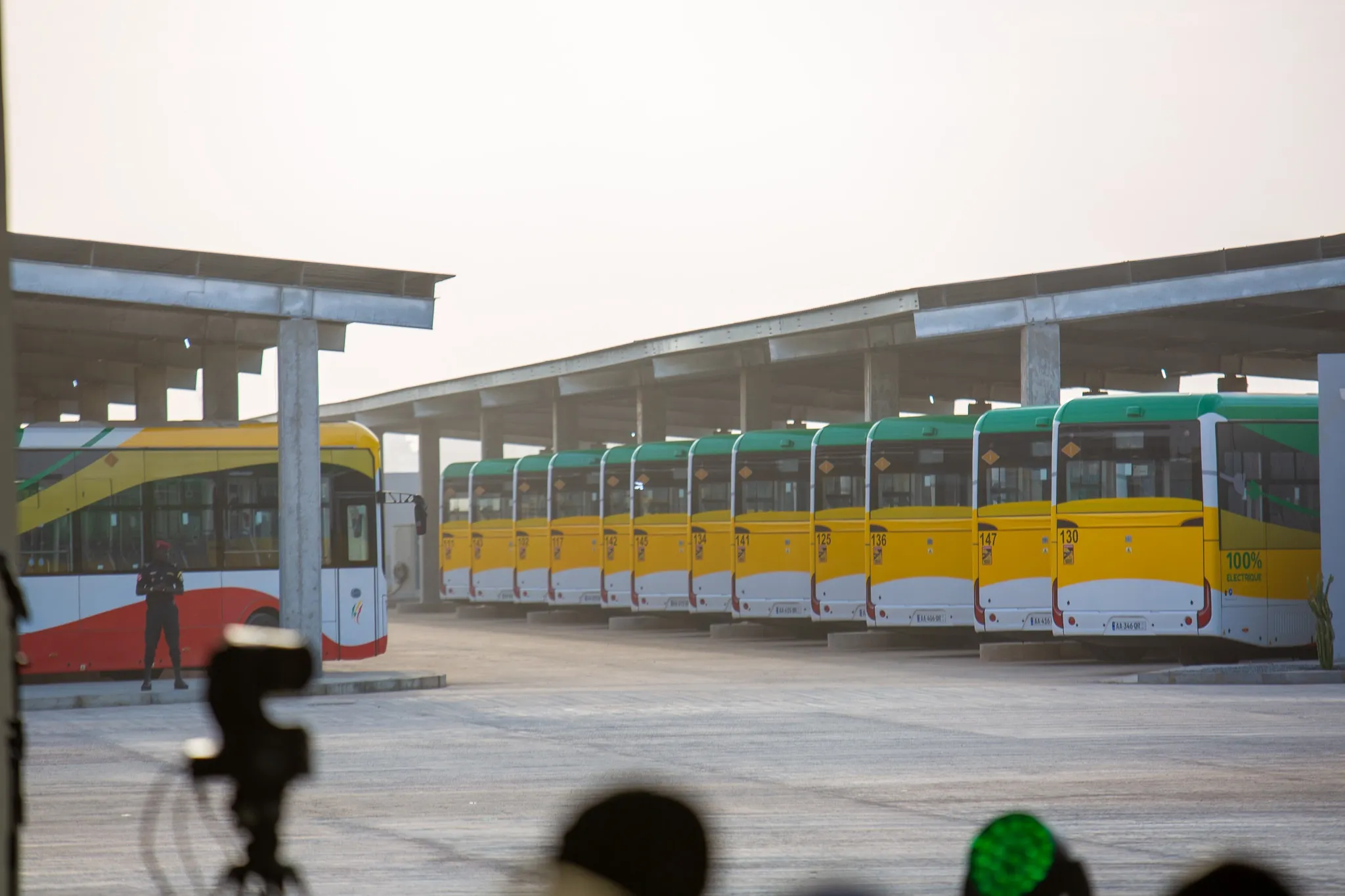The Ventra app, developed and launched by Cubic, CTA and its transit partners in November 2015, is a free, regional transit application in the US that allows customers to plan, manage and pay for journeys across three transit systems from their mobile devices. The app offers riders a wide range of functionality, including the ability to add transit value, set up auto-load features, check balance, see transit purchase and travel history, as well as benefit from real-time notifications.
Ventra supports both account-based processing through an agency-issued smart card, as well as open payment, which enables customers to pay as you go with bank cards or through mobile payment platforms including Apple Pay, Android Pay or Samsung Pay. Ventra also gives customers the ability to fund and manage their account online through a dedicated Ventra website, where they can take advantage of discounted fare products.
Chicago Transit Authority’s Ventra mobile app hits two million downloads
Chicago Transit Authority’s (CTA) Ventra mobile app, implemented by Cubic Transportation Systems (CTS, and also used by suburban bus operator Pace and commuter rail system Metra, has reached a milestone with a download of more than two million and was used to purchase nearly US$250 million in fares.
The Ventra app, developed and launched by Cubic, CTA and its transit partners in November 2015, is a free, regional transit application in the US that allows customers to plan, manage and pay for journeys ac
August 22, 2017
Read time: 2 mins









